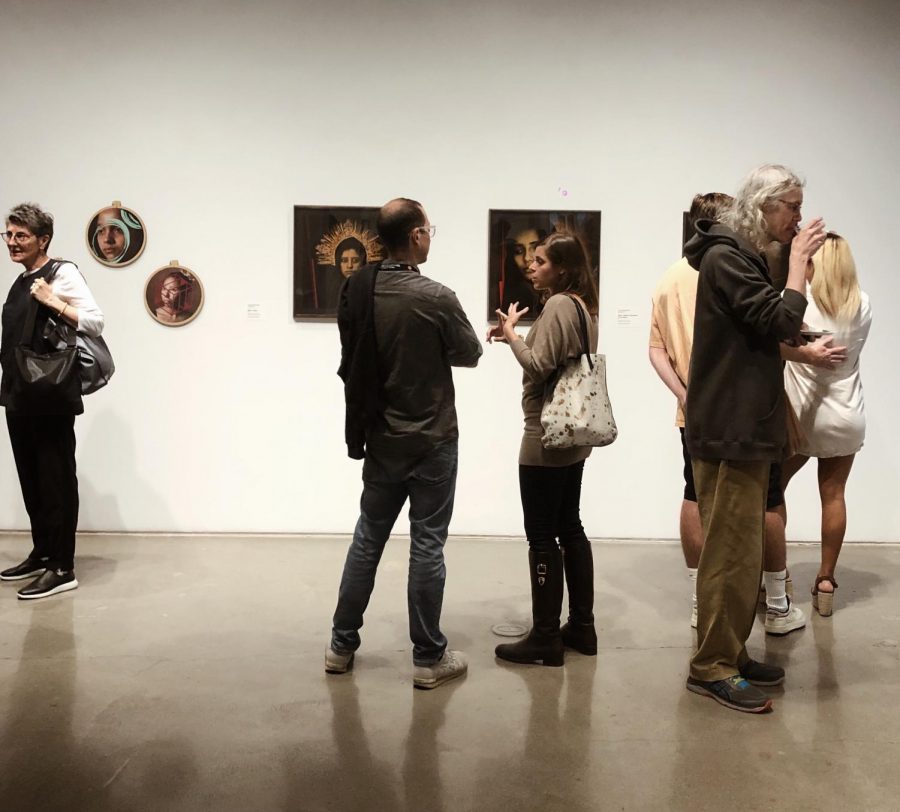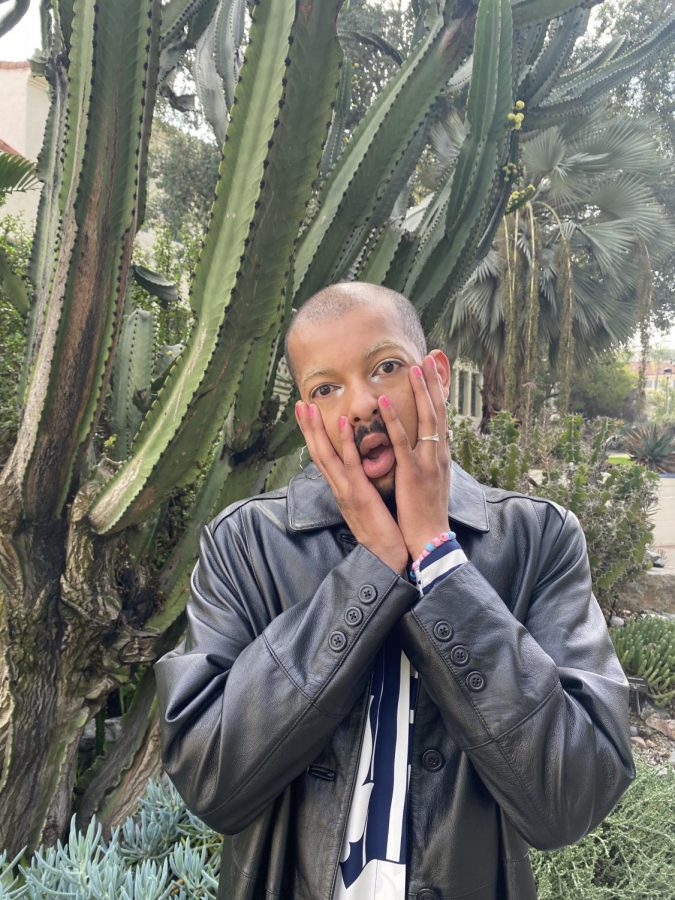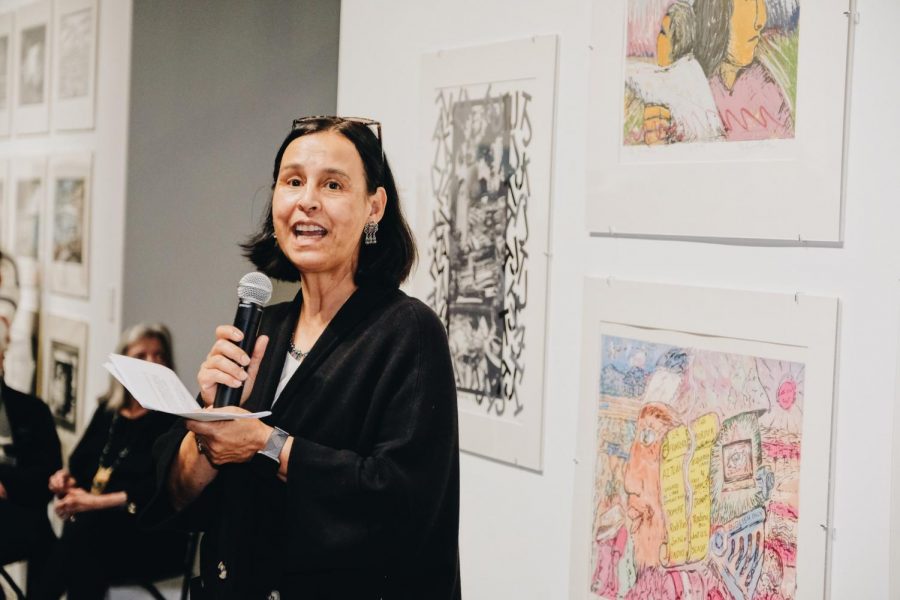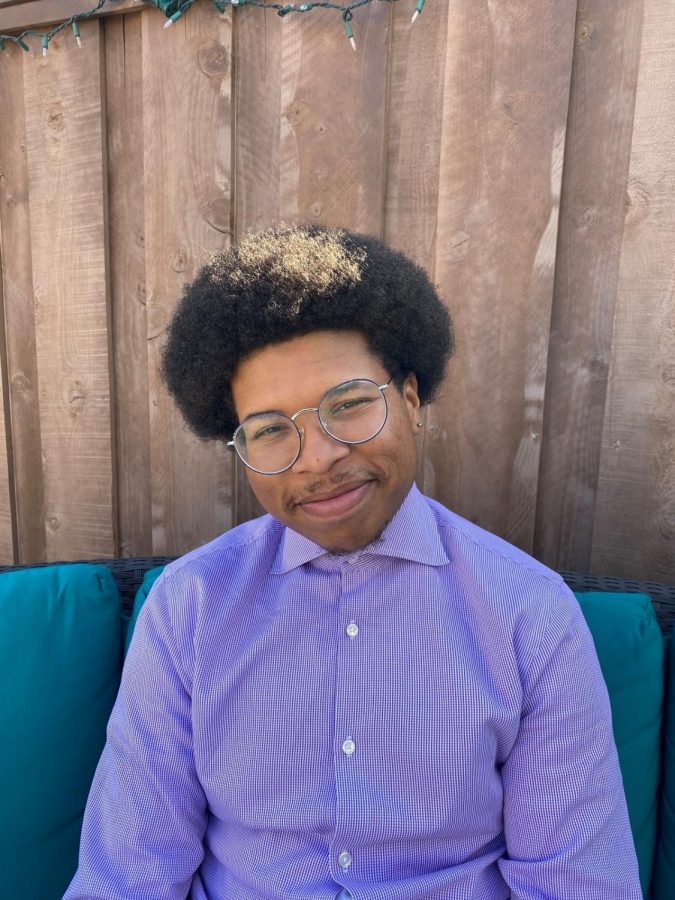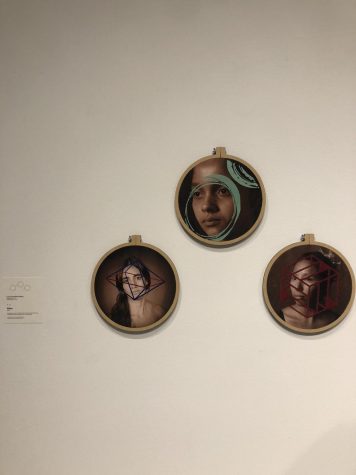
Over 250 attendees brought the inauguration of Luis González Palma’s solo show to life, experiencing art from his Latin American perspective at San Diego State’s Downtown Gallery on Oct. 17.
The visitors — some accompanied by white poster tubes and film cameras — had their gazes fixed on the photographs that covered the gallery’s white walls. Others wandered from one piece of art to the next with appetizers in their hands.
In a far corner of the gallery stood the artist, a tall figure in gray, encircled by presumed fans and colleagues. Engaged in the duties of a renowned artist, Palma was seen conversing with guests, signing autographs and greeting visitors.
He also talked of his native country, Guatemala, sources of inspiration and his objectives as a Latin American artist while standing only a few steps away from sepia-filtered portraits.
A collection spanning over a period of two decades — 1990s to circa 2017 —, Palma’s exhibition consists of portraiture, photography, mixed media and collages. The artist described it as a retrospect of the artwork he created in Guatemala and Argentina.
As implied in the exhibition’s title, Palma’s work remains true to the elements that define mythology. Furthermore, his exhibition is fixed on a mission of constructing fictional stories that revolve around the themes of cultural identity, emotion and the human condition.
“There’s a consciousness of loss and of life being a painful experience. There’s a wish of being able to capture looks,” Palma said. “There’s this feeling of life being fragile that has always stuck with me and that will never go away … those ideas are present in my entire collection.”
Palma’s multi-themed exhibit isn’t the product of a specific source of inspiration, it’s an artistic response to different time periods and personal life experiences. Anchored on the exploration of the human experience, Palma’s work touches on everything from solitude and heartbreak to abstraction and illusion.
“Everything we see is an illusion and a projection of ourselves,” Palma said. “We spend our entire lives trying to figure out the ‘why’ and the ‘what for,’ and my work orbits around those ideas.”
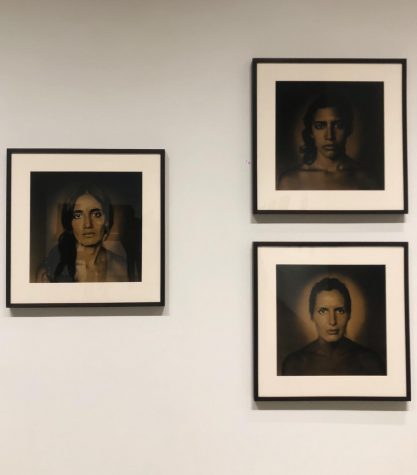
After discussing thematic concepts, Palma’s varying use of technique and media was put into question. Iconography, somber hues and geometric shapes are just a fraction of the elements visible in his collection.
“I decide on which technique to use depending on the project,” Palma said. “Present-day technology makes it possible to print images on different media. This changes the symbolical notion of the image and that interests me.”
Palma’s art has also gained recognition for its incorporation of unconventional media such as gold leaves, thread and onion paper.
Graphic design sophomore Jada Lomibao was especially moved by the wooden embroidery hoops and colored thread Palma used for a series of portraits.
“(The portraits) drew my attention because you don’t usually see photographs that (have a circular shape) and I really like how he added the weaving with colored thread,” Lomibao said.
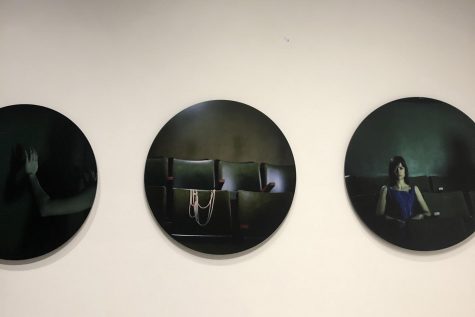
Although Palma’s work has been displayed in galleries all around the globe, the collection displayed downtown marks the artist’s first solo exhibition on the west coast. Locals and art enthusiasts alike will be able to enjoy the exhibition free of charge until the end of January.
Chantel Paul, director of the SDSU Downtown Gallery, said she was enthused to bring the work of an influential and prolific artist to the city.
“I chose to work with (Palma) because there’s so much variety in the work that he’s doing,” Paul said. “I felt like it was an opportunity to connect with all different disciplines that are studied at the School of Art and Design.”
For Palma, bringing his work to U.S. soil carries a heavier significance than just expanding the acknowledgments section of his résumé.
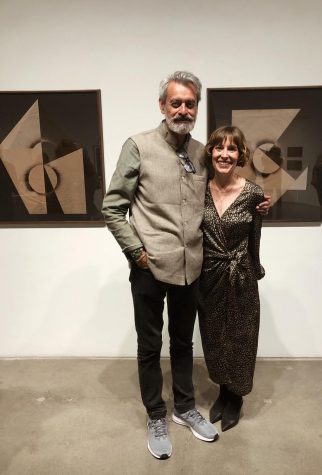
By sharing fictional narratives from a Latin American perspective, Palma hopes to achieve his ultimate goal of invoking a different type of criticism and reflection among Americans.
“The purpose isn’t to criticize my image on whether it’s right or wrong but rather to impose a critique on the way you see it and to reflect on what you see,” Palma said. “I feel that as a Latin American photographer who’s exposing these images to the United States, I have a perspective that needs to be shared and viewed in a certain way.”



